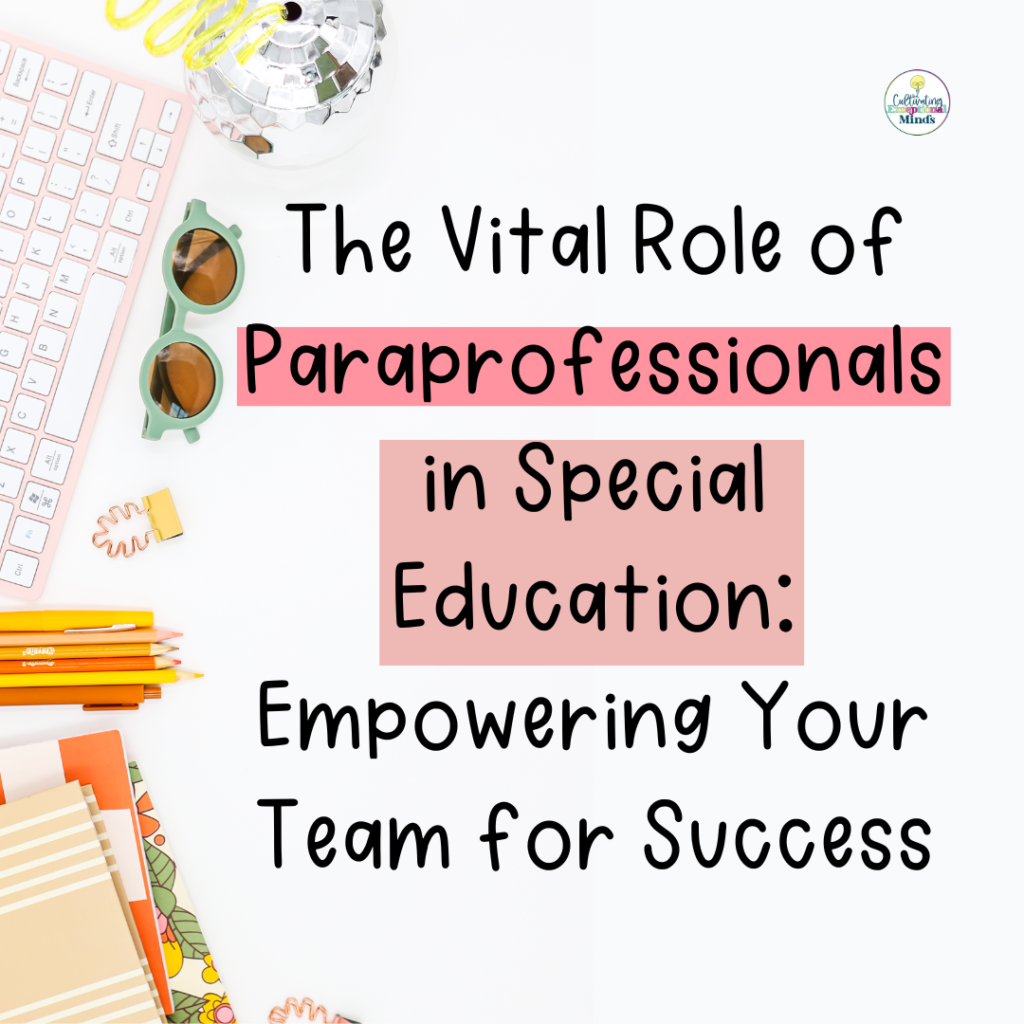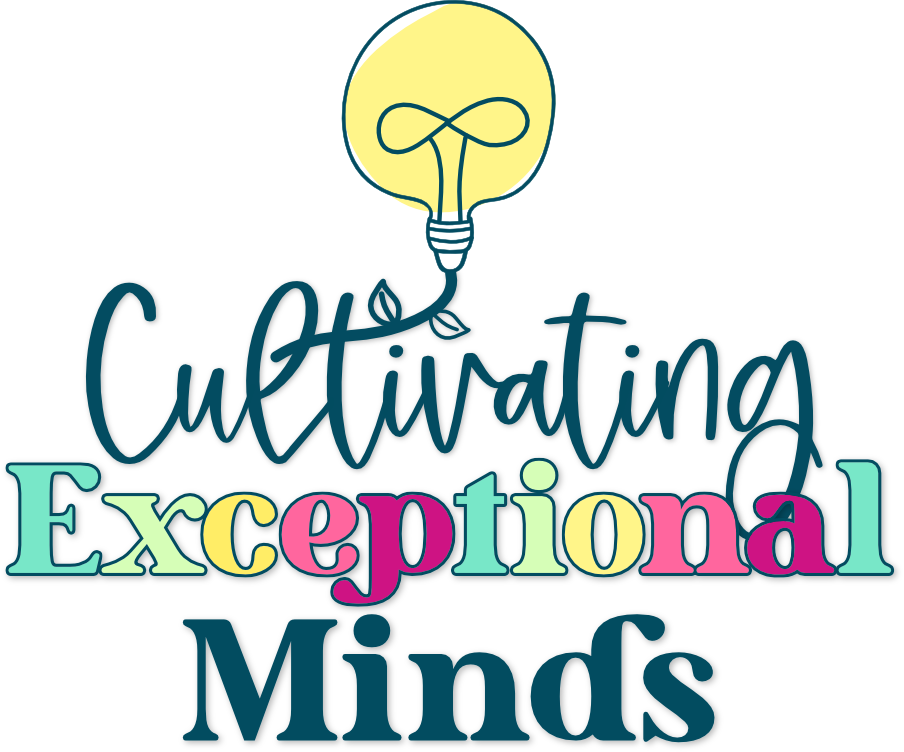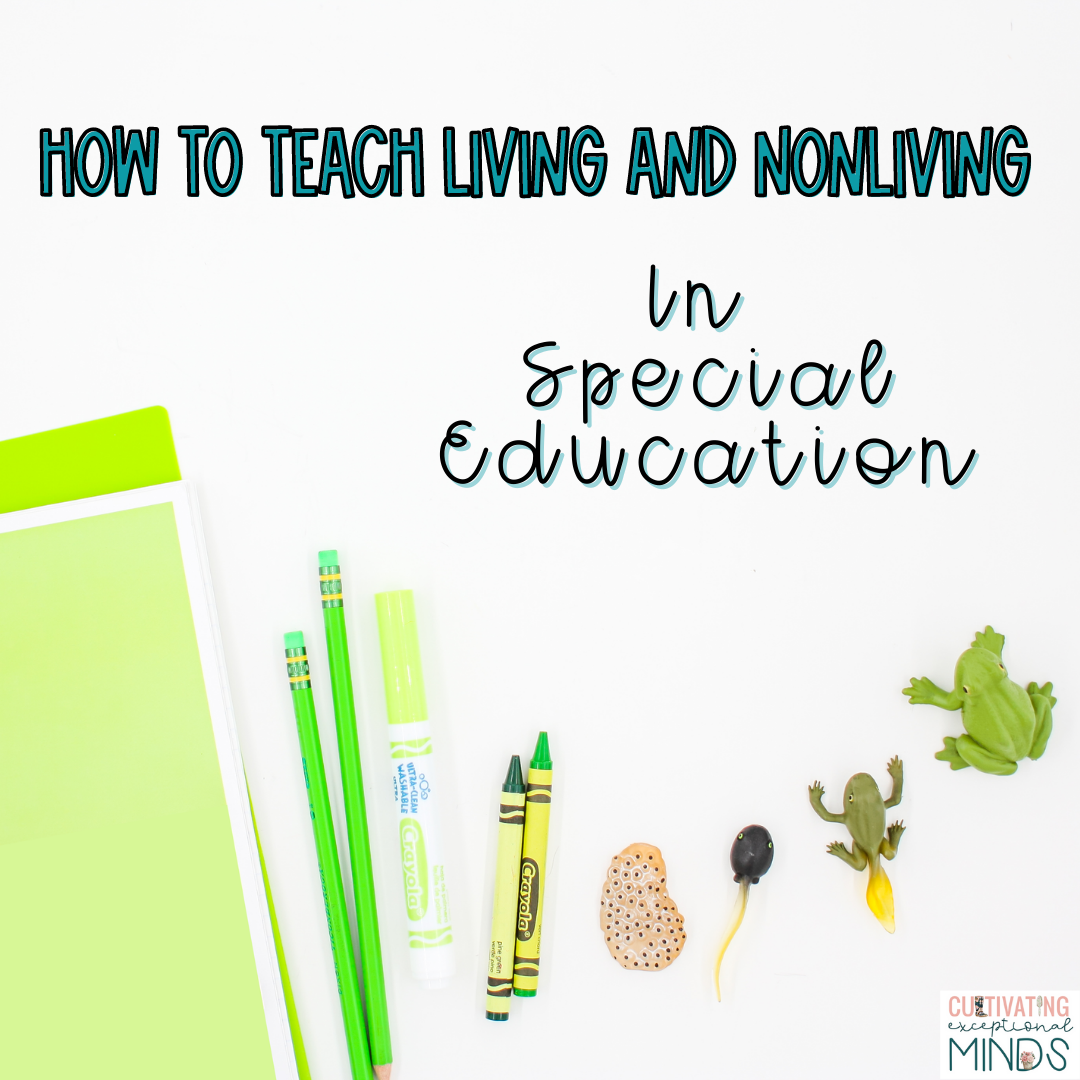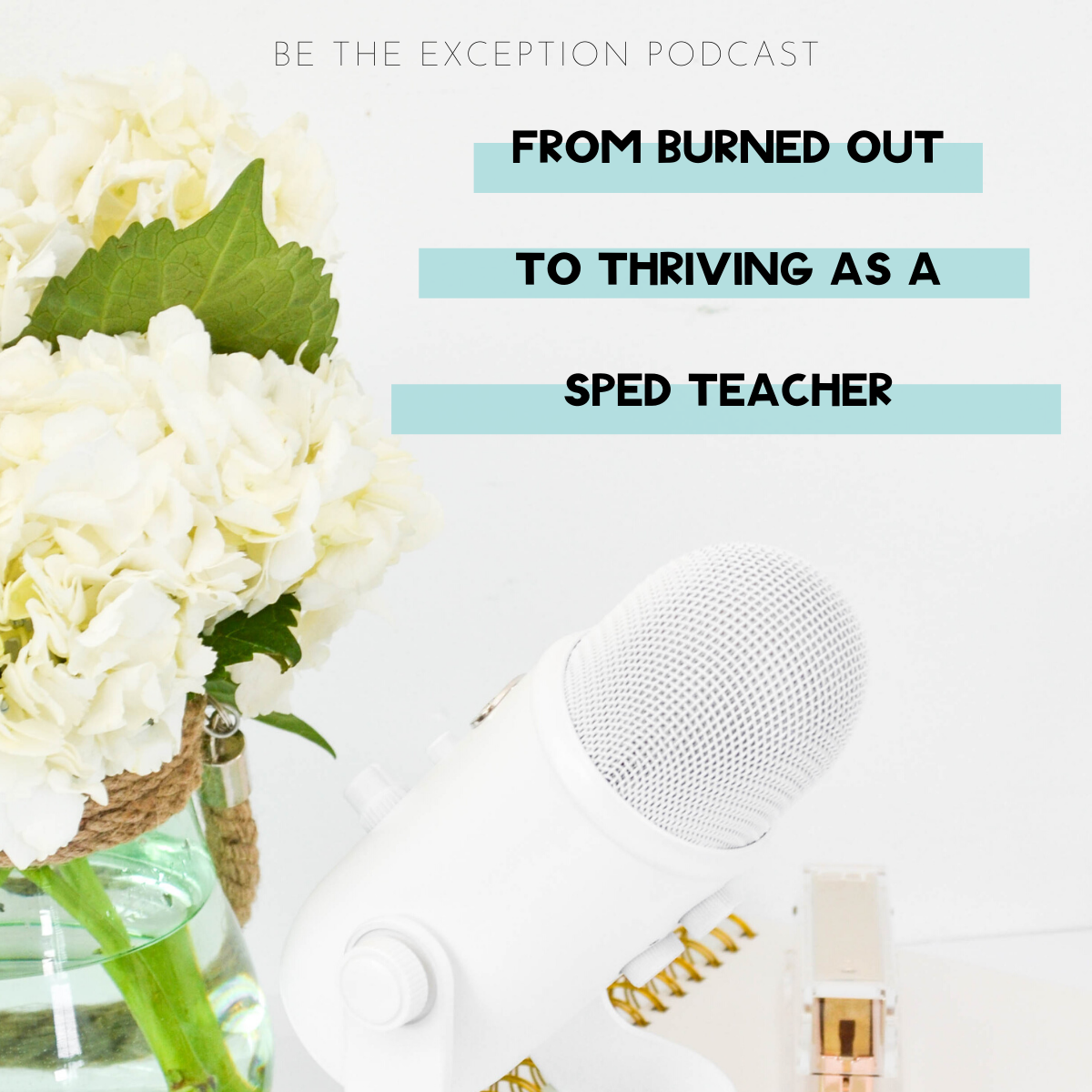Special education classrooms are unique environments that require a dynamic blend of skills, patience, creativity, and, importantly, paras in special education. Moreover, the most crucial members of these educational teams are paraprofessionals.
These dedicated individuals provide essential support, ensuring that students with special needs receive the personalized attention and instruction they require.
In this blog post, we’ll delve into the vital role paras play in special education, the challenges they face, and effective strategies for empowering them to achieve success. For instance, we’ll introduce our Paraprofessional Training Manual and offer a free Paraprofessional Checklist to help you get started.

Understanding the Role of Paraprofessionals
However, paraprofessionals, often referred to as teacher aides or assistants, are integral to the functioning of special education classrooms. They support teachers in various ways, including:
- Instructional Support: Firstly, paraprofessionals assist in delivering instruction by working with small groups or individual students. They help implement lesson plans, provide additional explanations, and adapt materials to meet students’ diverse learning needs.
- Behavior Management: Then, managing classroom behavior is a significant aspect of their role. Paraprofessionals use strategies such as positive reinforcement, behavior-specific praise, and visual supports to help students stay focused and engaged.
- Personal Care: Similarly, many students with special needs require assistance with personal care tasks such as feeding, toileting, and mobility. Paraprofessionals provide this support, ensuring that students’ physical needs are met so they can participate fully in their educational experiences.
- Communication: Lastly, effective communication with teachers, students, and families is essential. Paraprofessionals often serve as a bridge, facilitating clear and consistent communication about student progress, needs, and goals.
With the right training and resources, paraprofessionals can transform the classroom environment, fostering a culture of collaboration, respect, and success for all students.
Challenges Faced by Paraprofessionals
Despite their crucial role, paraprofessionals in special education often encounter several challenges. Firstly, many paraprofessionals enter their roles without formal training in special education. In addition, this lack of training can lead to uncertainty and a lack of confidence in their abilities to support students effectively. Additionally, ambiguity about their roles and responsibilities can cause confusion and inefficiency.
Similarly, clear expectations are necessary to ensure that paraprofessionals understand their duties and can perform them confidently. Furthermore, effective communication with teachers and other staff members is vital but can be hindered by time constraints and differing communication styles. Finally, continuous learning opportunities are often limited for paraprofessionals, hindering their professional growth and ability to stay updated on best practices.

Strategies for Empowering Paraprofessionals
As a result,to address these challenges and maximize the effectiveness of paraprofessionals in special education, consider the following strategies:
Comprehensive Training:
- Firstly, provide paraprofessionals with thorough training that covers key aspects of their role, including behavior management, instructional strategies, and personal care. Moreover, our Paraprofessional Training Manual offers detailed descriptions of essential techniques and methods that can be customized to fit your classroom’s needs. Additionally, consider downloading our free Paraprofessional Checklist to get started.
- Then, incorporate practical, hands-on training sessions that allow paraprofessionals to practice and refine their skills. This builds confidence and ensures they are well-prepared to support students.
Paraprofessionals are the backbone of special education classrooms, providing essential support that empowers both teachers and students to achieve their fullest potential.
Clear Role Definitions:
- Establish clear roles and responsibilities from the outset. Outline daily tasks, involvement in IEP meetings, and expectations for communication and collaboration.
- For instance, use tools like editable forms and templates from the training manual to communicate these expectations effectively.
Effective Communication:
- Foster open and respectful lines of communication between teachers and paraprofessionals. Regular check-ins and feedback sessions help maintain clarity and address any issues promptly.
- Subsequently, implement communication logs and templates to track and share important information consistently. This ensures that everyone is informed and aligned with student goals and progress.
Professional Development:
- Encourage continuous professional development through workshops, training sessions, and access to resources like our training manual. Staying updated on best practices and new strategies in special education is crucial for professional growth.
- Likewise, provide opportunities for paraprofessionals to attend conferences and seminars, enhancing their knowledge and skills.
Creating a Supportive Environment:
- Furthermore, foster a culture of mutual respect and collaboration. Recognize and celebrate the contributions of paraprofessionals, boosting morale and enhancing overall classroom performance.
- Moreover, encourage team-building activities and strategies to create a cohesive, supportive team dynamic.
Utilizing Visual Supports:
- Visual aids such as visual schedules, communication boards, and First Then boards are powerful tools that help students understand expectations and stay engaged. Train paraprofessionals on how to effectively use these supports.
- Therefore, visual supports also assist in managing behaviors by providing clear cues and reducing anxiety for students with special needs.
Behavior Management Techniques:
- Equip paraprofessionals with a variety of behavior management strategies, including positive reinforcement, behavior-specific praise, and planned ignoring. These techniques help create a positive and structured classroom environment.
- For instance, regularly review and update behavior management plans to ensure they are effective and tailored to individual student needs.
Supporting Academic Growth:
- Use instructional strategies such as differentiated instruction, task analysis, and scaffolding to meet each student’s unique learning needs. Paraprofessionals should be trained to implement these strategies effectively.
- Provide regular feedback and support to paraprofessionals, ensuring they feel confident in their ability to facilitate academic growth.
Crisis Intervention and De-escalation:
- Train paraprofessionals to recognize signs of crisis behavior and implement de-escalation techniques. Furthermore, having specific protocols in place ensures a safe and calm environment for all students.
- Include crisis intervention plans in the training manual, providing clear steps and guidelines for managing crises.
Sensory Integration Strategies:
- Educate paraprofessionals on sensory processing issues and their impact on students. Techniques such as sensory breaks, fidget tools, and environmental adjustments can support students with sensory needs.
- Encourage ongoing observation and adjustment of sensory strategies to meet individual student needs effectively.
Conclusion
Paraprofessionals in special education are indispensable members of the special education team, providing critical support that enhances student success. Additionally,by investing in comprehensive training, clear role definitions, effective communication, and continuous professional development, we can empower paraprofessionals to excel in their roles. Meanwhile, by utilizing tools like our Paraprofessional Training Manual and the free Paraprofessional Checklist can streamline this process, ensuring that paraprofessionals have the knowledge, strategies, and confidence they need to make a meaningful impact.
Together, let’s create a supportive, collaborative, and efficient classroom environment that benefits both our students and our dedicated paraprofessionals in special education. By prioritizing their growth and well-being, we can elevate the quality of education in our special education classrooms, making a lasting difference in the lives of our students.
Additional Resources:
- Paraprofessional Toolkit: Enhance your classroom with our comprehensive toolkit designed to support and train your paraprofessionals effectively.
- Free Paraprofessional Checklist: Download our free checklist to get started with organizing and training your paraprofessional team. Paraprofessional Checklist
- Blog: Paraprofessionals in Special Education
- Podcasts:









